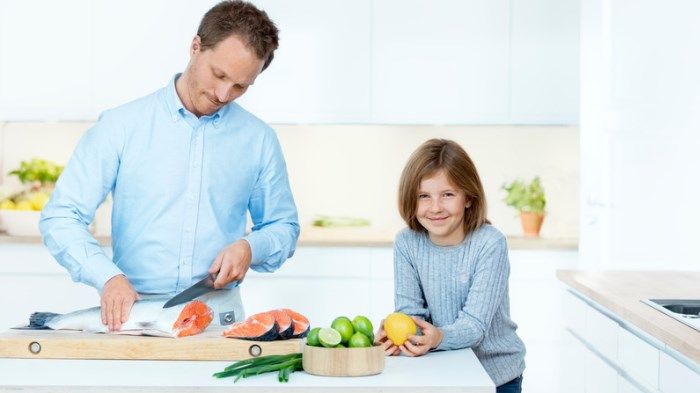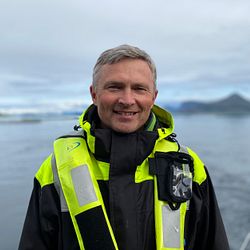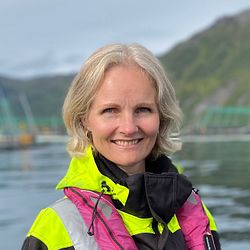
News -
Replacing meat with farmed salmon reduces pressure on farmland and protects the planet
Without meat and dairy consumption, global farmland use could be reduced by more than 75%. What about farmed salmon, where a large part of feed comes from agriculture, e.g. soy. Should we all become vegans?
Two interesting recent reports address this question. One is a comprehensive study by Poore and Nemecek published in Science. Another is a study (in Norwegian) by the NGO Future in Our Hands (FIOH).
What we eat really has an impact, not only on our health, but on the health of our planet.
In an article in the Guardian Joseph Poore of the University of Oxford, UK explained that ‘
a vegan diet is probably the single biggest way to reduce your impact on planet Earth, not just greenhouse gases, but global acidification, eutrophication, land use and water use”. “It is far bigger than cutting down on your flights or buying an electric car,” he continued, as the latter changes only cut greenhouse gas emissions.
So how would such a change look on your dinner plate? FIOH has calculated how many square meters of farm land are needed to produce one portion of dinner:

The reasons why salmon is at the same level as a vegan meal, is that part of the fish feed is from marine resources, and that fish, being cold blooded and living in water, are very efficient feed converters, with 68% edible yield.
Many would argue that the livestock production uses local feed, whereas salmon production uses feed that has been transported a long distance. There is a point here, but it is not the full story, at least not as FIOH reveals.
FIOH looked at where the arable land is located. This study is from Norway, and the findings are not necessarily the same in other geographies, but the result is amazing; a portion of chicken, pork, or beef all take up more farmed land abroad than farmed salmon does, and additionally they take up farmed land locally. Pasture land is not included: pasture land adds another 1.9 square meter to the beef meal.

The comprehensive study by Poore and Nemecek underlines that there is no one size fits all solution. Within each category of crops or livestock production there is great variety. The upside for all is that by understanding this variety, we can improve our food production system.
Still, the direction towards reducing consumption of meat and dairy seems evident.


